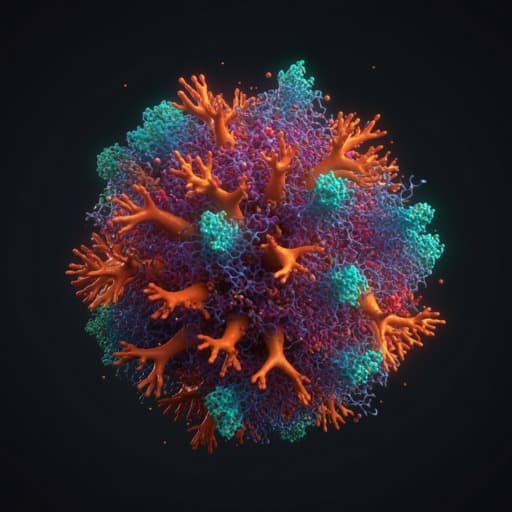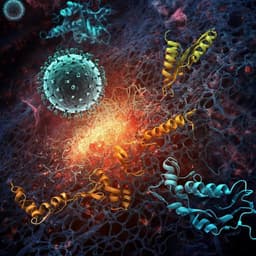
Biology
Analysis of the N-glycosylation profiles of the spike proteins from the Alpha, Beta, Gamma, and Delta variants of SARS-CoV-2
D. Wang, J. Baudys, et al.
This exciting research conducted by Dongxia Wang, Jakub Baudys, Sarah H Osman, and John R Barr delves into the N-glycosylation profiles of SARS-CoV-2 spike proteins across multiple variants. Discover how specific amino acid changes influence glycan types and distribution, shedding light on the implications for vaccine and therapeutic development.
~3 min • Beginner • English
Related Publications
Explore these studies to deepen your understanding of the subject.







